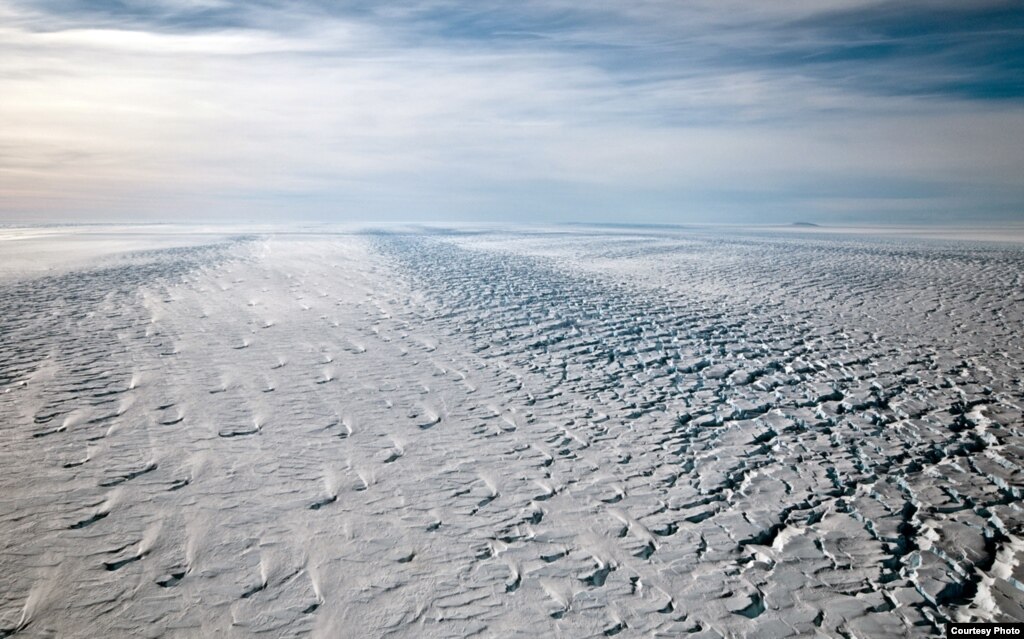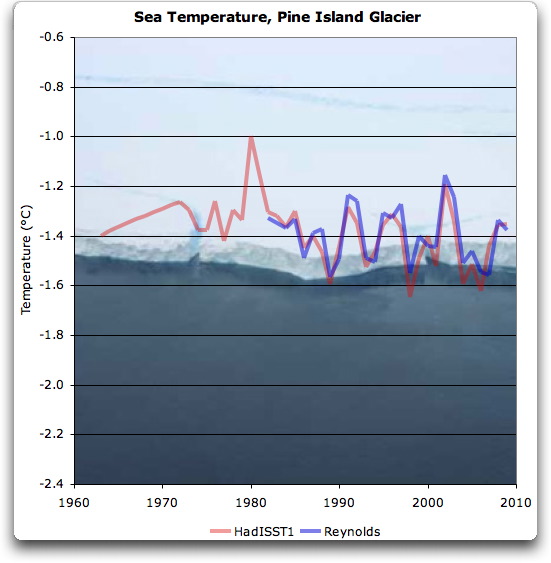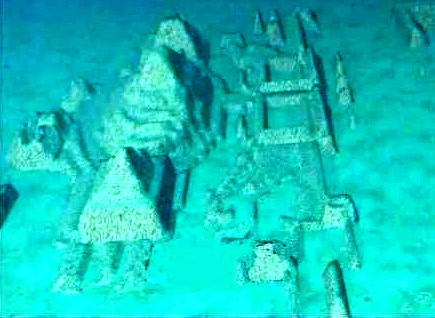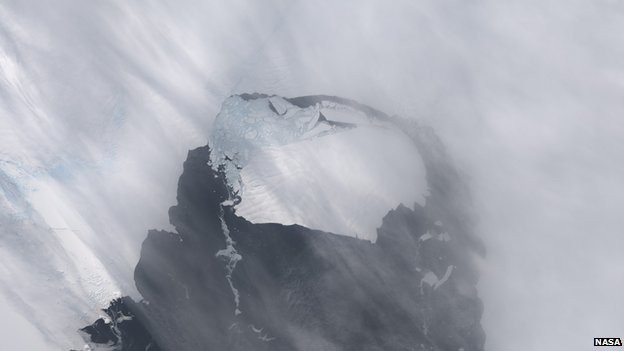ScienceRocks
Democrat all the way!
- Banned
- #1
Massive Antarctic Glacier Has Entered Irriversible Melt, Could Add Up To 1 Centimeter To Sea Level
Massive Antarctic Glacier Has Entered Irriversible Melt, Could Add Up To 1 Centimeter To Sea Level | ThinkProgress
After last weeks Arctic-fueled cold snap dubbed the Polar Vortex brought freezing temperatures and claims of climate change denial to the attention of the general public, the situation has now returned to normal. Or the new normal at least in which climate change happens out-of-sight and out-of-mind for many Americans.
One of the latest indicators that climate change is progressing whether were looking or not comes from a study in the journal Nature Climate Change finding that one of the largest glaciers in Antarctica has started melting irreversibly.
An international team of researchers found that Antarcticas Pine Island Glacier, the single largest Antarctic contributor to sea-level rise, could add as much as one centimeter to ocean levels within the next 20 years.
The glacier has started a phase of self-sustained retreat and will irreversibly continue its decline, Gael Durand, a glaciologist with Frances Grenoble Alps University, told Australian Broadcasting Corporation.
The team of researchers used state-of-the-art ice-flow models and field observations to help determine how the glaciers ice flows will change in coming years.
At the Pine Island Glacier we have seen that not only is more ice flowing from the glacier into the ocean, but its also flowing faster across the grounding line the boundary between the grounded ice and the floating ice, Dr. G. Hilmar Gudmundsson, a researcher on the project, told Planet Earth Magazine.
The glaciologists found that that glaciers grounding line, which has already receded up to 10 kilometers this century, is probably engaged in an unstable 40-kilometer retreat.
Pine Island Glacier is one of the main avenues for ice to flow from Antarctica into the ocean. As the tip of the glacier melts and thins, the glacier is discharging more ice into the sea. The glacier has been losing about 20 billion tonnes of ice a year for the last two decades, but scientists see this rising to 100 billion tons a year in the coming decades.
Pine Island Glacier accounts for about one-fourth of the total ice melt from the West Antarctic Ice Sheet. If the entire West Antarctic Ice Sheet retreated it could cause sea level to rise by more than 10 feet. The entire Antarctic Ice Sheet, covering an area bigger than the continental U.S., contains nine-tenths of the ice on Earth and could raise sea level by over 200 feet if it melted.
Massive Antarctic Glacier Has Entered Irriversible Melt, Could Add Up To 1 Centimeter To Sea Level | ThinkProgress









